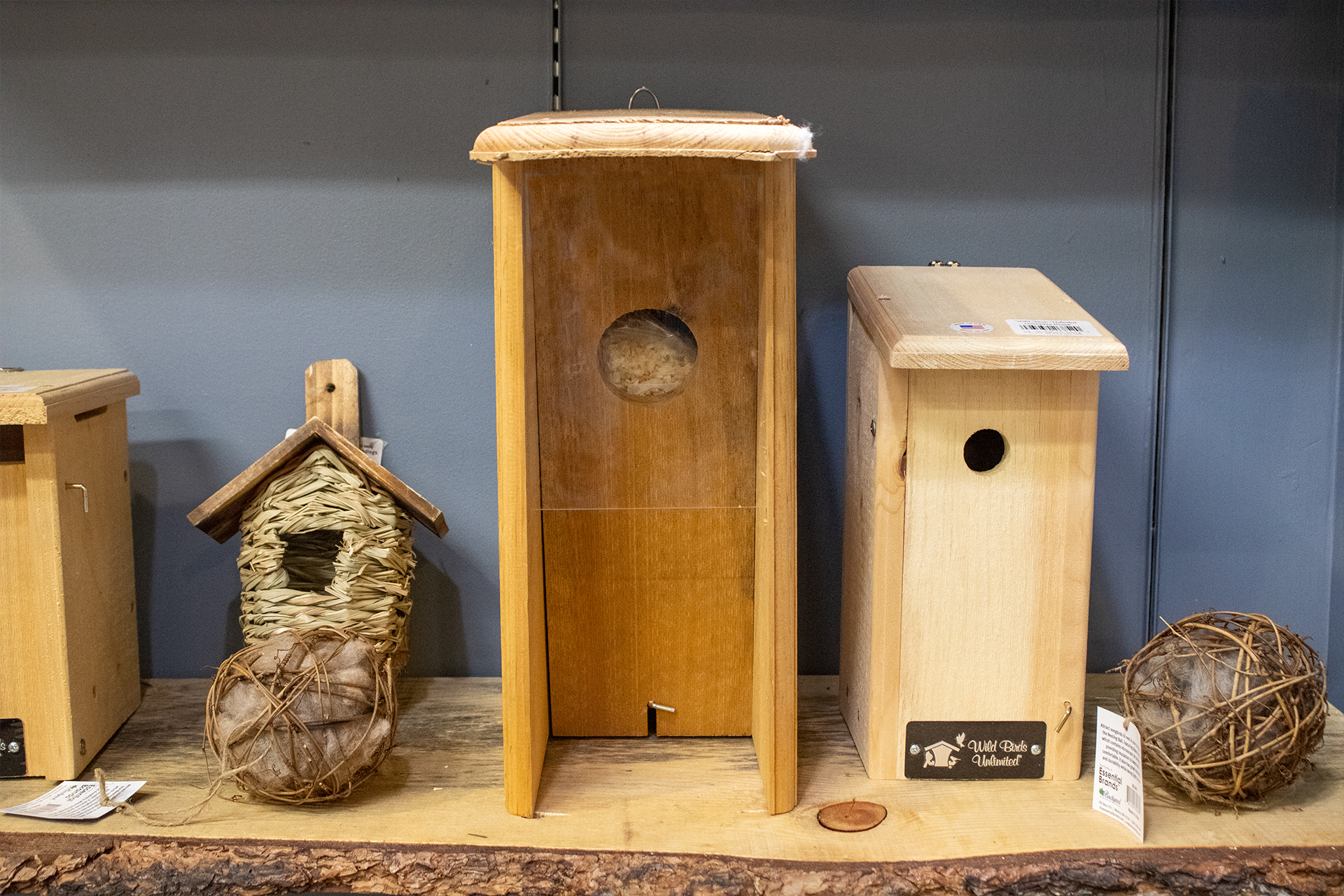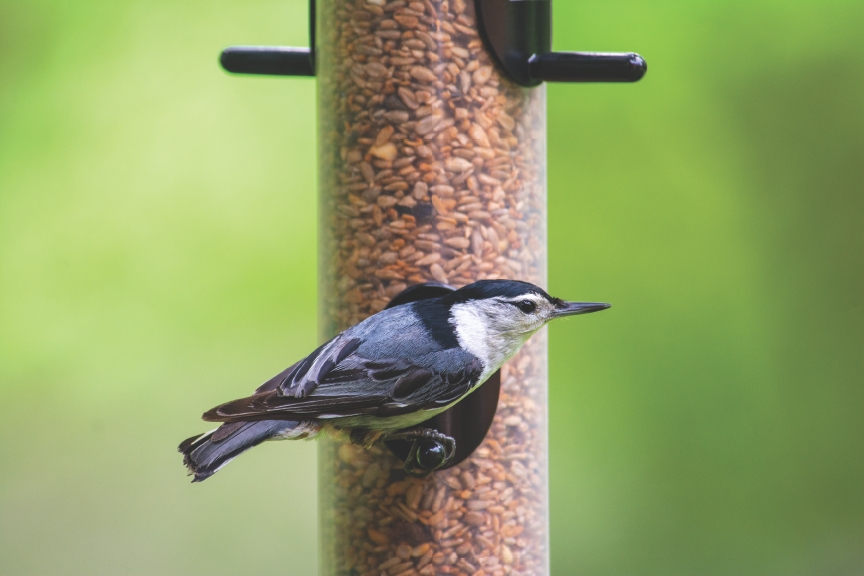Share
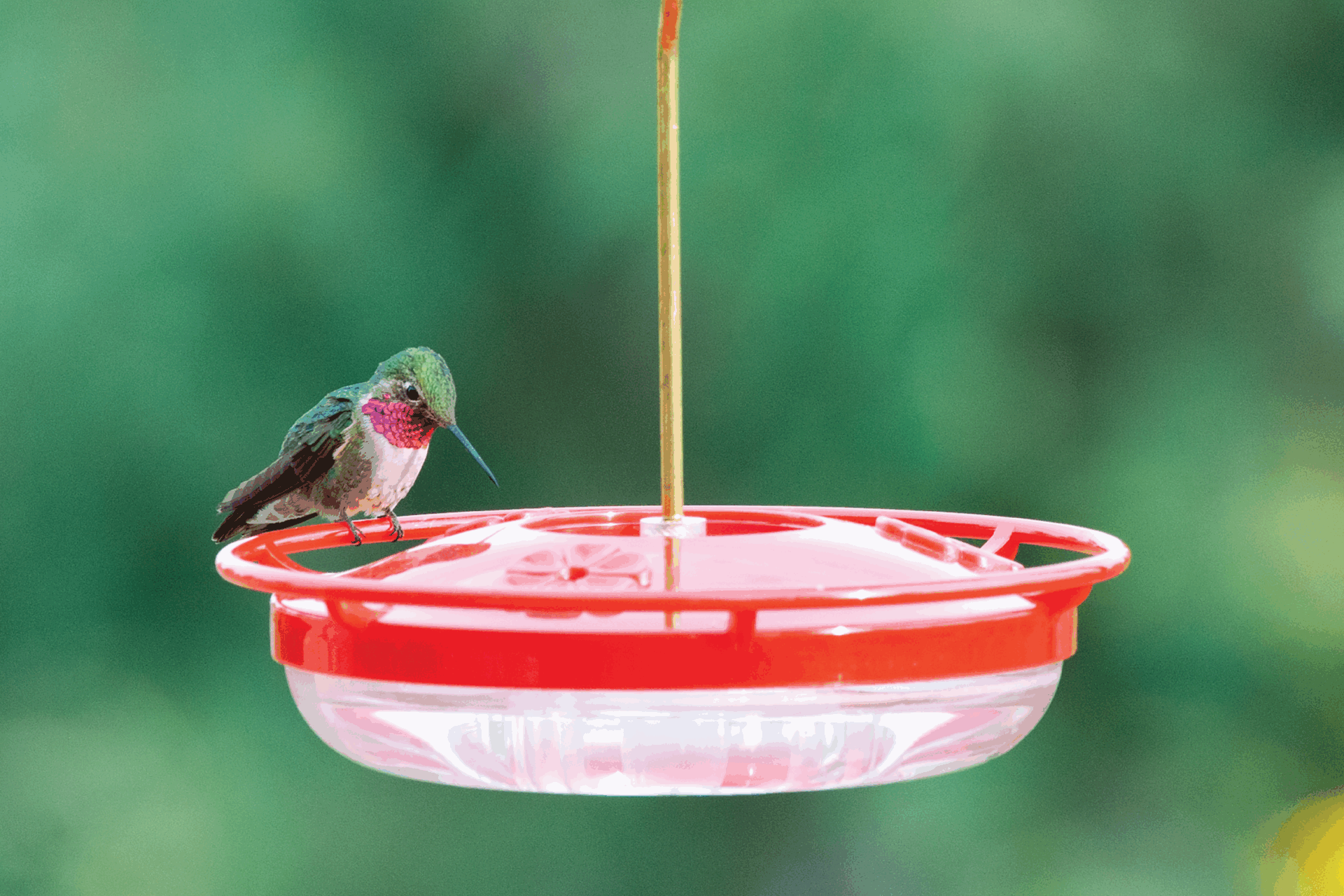
Everything You Need to Know About Attracting Hummingbirds in the High Desert
Hummingbirds are fascinating creatures, known for their vibrant plumage and remarkable ability to hover in place while feeding. If you live in the high desert, attracting these tiny, energetic birds to your yard can be both rewarding and enjoyable. However, there are a few key things to consider to ensure you provide the right food and environment for these feathered visitors. Here’s everything you need to know about attracting hummingbirds in the high desert.
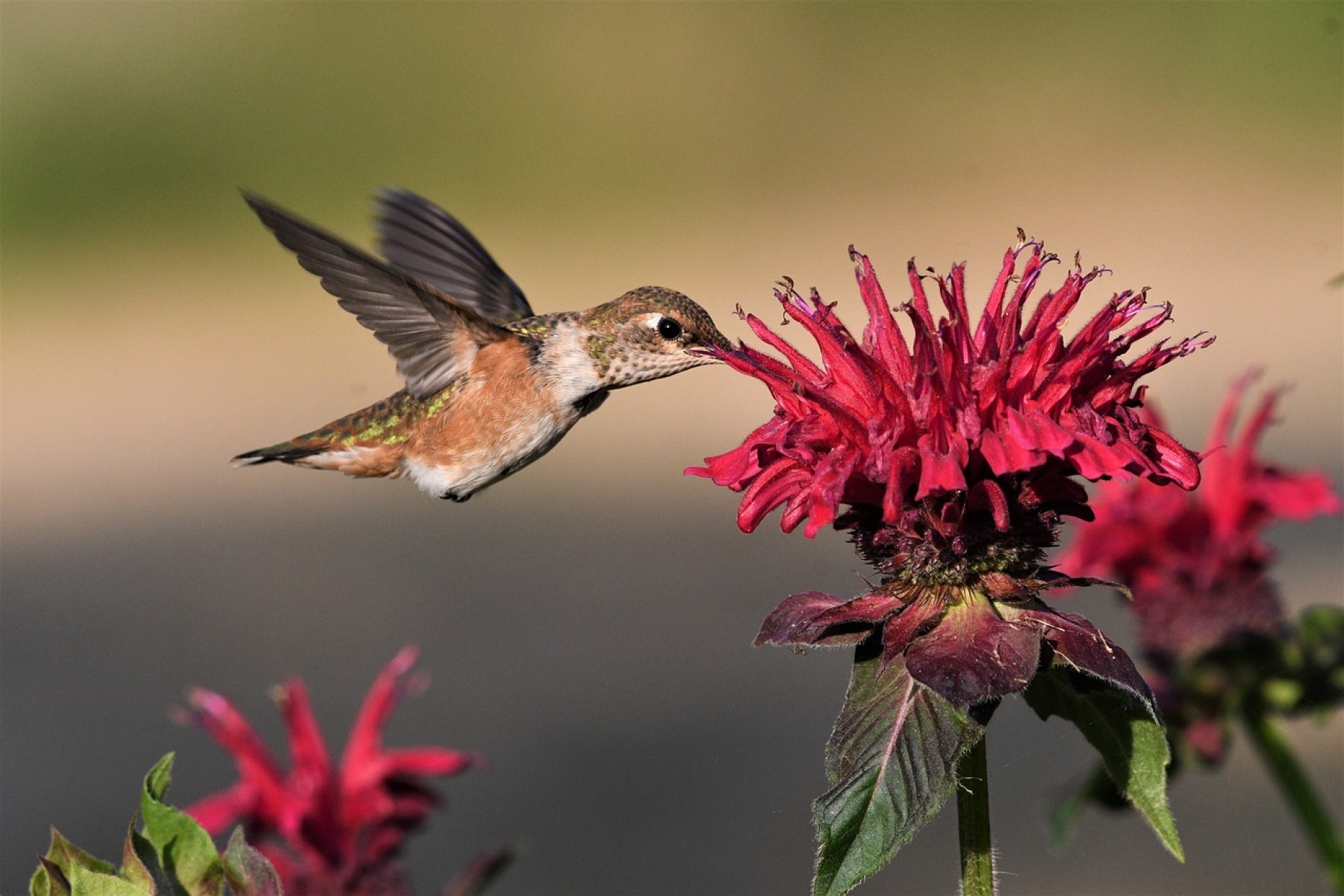
- Choosing the Right Nectar
Hummingbirds are primarily nectar feeders, drawn to the sweet, sugary solution that mimics the natural nectar found in flowers. To make homemade nectar, mix four parts water to one part white granulated sugar. Boil the mixture and let it cool before placing it in your feeder. Avoid using honey, artificial sweeteners, or red dye in the nectar as they can be harmful to the birds. Stop by Moana Nursery for FREE nectar and refills from April- September (no purchase necessary)!
- Selecting a Feeder
The high desert can be a tough environment for birds, so it’s important to use a well-designed feeder that can withstand the elements. Look for a feeder with a sturdy base and multiple feeding ports, add an ant moat to keep pesky ants from raiding the nectar. Glass or heavy-duty plastic feeders are good options as they’re easier to clean and more resistant to UV damage than cheaper, flimsy alternatives.

- Location, Location, Location
In the high desert, temperatures can soar during the day and drop dramatically at night, so place your hummingbird feeder in a shaded spot that is protected from the wind and direct sunlight. This helps keep the nectar from spoiling quickly and offers a safe, calm feeding environment for the birds. Best practice is to have multiple feeders; many hummingbird species are territorial and will fight to claim a feeder for themselves. Having 3 or more feeders at least 10 feet apart can do wonders to minimize aggressive behaviors. Ideally, position the feeder near plants that naturally attract hummingbirds, such as red or orange tubular flowers like penstemon, columbine, and salvias, among others.
- Cleaning the Feeder
Keeping your feeder clean is crucial to preventing the growth of harmful mold and bacteria that can harm hummingbirds. Clean your feeder at least once a week, or more frequently during the hot summer months when nectar spoils more quickly. Use hot water and a mild dish soap to wash all parts of the feeder, scrubbing the feeding ports with a brush to remove any residue.
- Supporting Plants
While feeding hummingbirds with nectar is a great way to attract them, providing a natural habitat is equally important. In our Northern Nevada high desert, plants like trumpet vine, honeysuckle, Bee Balm (Monarda), and Hummingbird Mint (Agastache) provide great sources of nectar and shelter for hummingbirds. Consider adding a variety of native flowering plants as well like Big Sagebrush, Golden Currant, Blanket Flower, and Milkweed to give hummingbirds a more natural and sustainable food source.
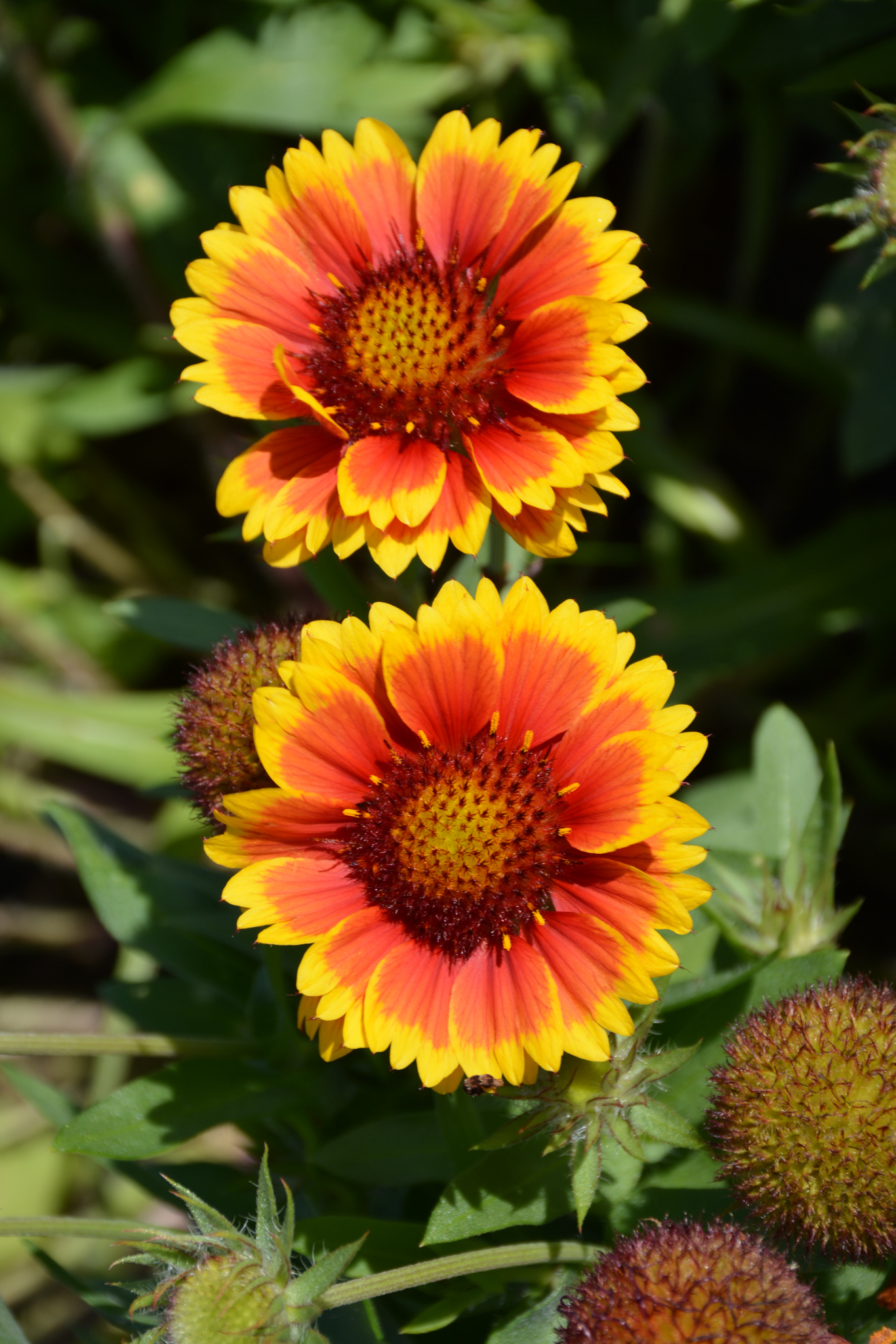
Blanket Flower (Gaillardia)
- Avoid Pesticides
The high desert can also bring its share of pests, but it’s important to avoid using harmful pesticides in your yard. Many of these chemicals are toxic to hummingbirds and other beneficial insects. Instead, focus on organic gardening practices to keep your garden safe and healthy for the birds and other wildlife.
- Ensure Clean Water
Hummingbirds need more than just nectar – they also require fresh water for drinking and bathing. Place a shallow birdbath or dish in your yard and keep the water clean and fresh. Hummingbirds will use it to drink, and they’ll also enjoy splashing around to cool off in the summer heat. They also appreciate misters.
- Be Patient
While you may see hummingbirds visit your feeder right away, it might take some time for them to discover it, especially if you’re new to feeding them. Be patient and allow time for the birds to find your setup. Once they do, you’ll be treated to a stunning display of their agility and beauty as they hover around the feeder.
- Feeding During Migration
The high desert is often a stopover for migratory hummingbirds, and providing food during these periods is essential for their journey. Hummingbirds typically migrate in the spring and fall, and you can help sustain them by keeping your feeders up throughout these seasons. Many hummingbirds will travel long distances, so offering food during migration can make a real difference in their survival.
- Protecting Hummingbirds
Unfortunately, some natural predators, like praying mantids and birds of prey, may be attracted to hummingbird feeders. To help protect the birds, position your feeder in a way that provides cover or some sort of escape route, such as nearby trees or shrubs where the hummingbirds can quickly retreat if they feel threatened. For feeders near windows: add bird-safe decals or stickers on the glass to prevent window strikes. Unfortunately, clean glass and sky reflections aren’t obvious to hummingbirds, so decals make all the difference in keeping these little birds safe.
By following these guidelines, you’ll create an ideal feeding environment that attracts and supports hummingbirds in the high desert. Whether you’re a seasoned birdwatcher or a beginner, you’ll enjoy watching these fascinating creatures visit your garden, especially when your efforts contribute to their survival and enjoyment. Remember, every drop of nectar helps!
Share
We love seeing families take the time to feed the local ducks and waterfowl, but it's important to do so responsibly.
Choosing the right birdhouse helps ensure the safety and comfort of your nesting neighborhood birds.
Concerns about bird flu often raise questions, here's how to continue enjoying safely feeding the birds.
Feeding birds in your backyard is a simple yet powerful way to help mitigate the declining bird population in Northern Nevada.
